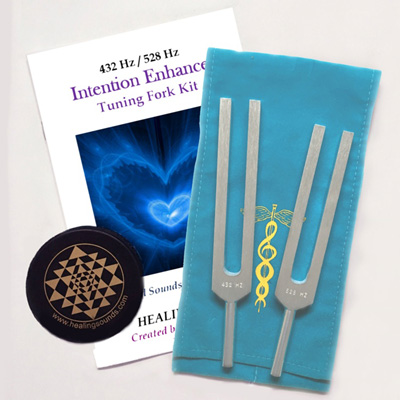

When a tuning fork vibrates over an open pipe and the air in the pipe starts to vibrate, the vibrations in the tube are caused by resonance. Keep working around the area where it is uncomfortable.Īdvertisement When a tuning fork vibrates over an open pipe? As the vibration fades away, reactivate it before it completely dies away. As you touch it on any part of the body you can feel that vibration going in, which is very soothing. Put the end of the Tuning Fork directly onto the joint or muscle. grind it a tiny bit at a time and measure it regularly with an electronic tuner. You can re-tune a fork that is flat by grinding of some material from the ends of both forks. No, you can’t whack a fork too hard and make it ring out of tune! It will have been like that from the factory. Shorter prongs produce higher pitch (frequency) sounds than longer prongs. Each fork is stamped with the note it produces (e.g.

The pitch that a particular tuning fork generates depends on the length of its prongs. … If one of the prongs is cut-off the vibrations of the tuning fork will soon die out and can be maintained only by some external periodic force. One prong of the fork is forced to vibrate by the other and vice-versa. When a tuning fork is set into vibrations its two prongs vibrate in opposite phases. Why is a tuning fork made with two prongs would a tuning fork be of any use if one of the prongs is cut off? … Forced vibration at a natural frequency will create resonance. Why can a tuning fork or bell be set into resonance, while tissue paper cannot? Tissue paper does not have a natural frequency. Why can a tuning fork or bell be set into resonance while a paper Cannot? The tuning fork vibrates at a set frequency after being struck on the heel of the hand and is used to assess vibratory sensation and hearing (air conduction and bone conduction). I use them before speaking to a large group of people, visiting a new space or whenever I need to clear the air. … Tuning forks are one of my favorite self-care tools. “Tuning forks are one of my favorite self-care tools. In other words, they are better felt than heard. Lower-frequency tuning forks like the 256-Hz tuning fork provide greater tactile vibration. At this frequency, it provides the best balance of time of tone decay and tactile vibration. In clinical practice, the 512-Hz tuning fork has traditionally been preferred. It resonates at a specific constant pitch when set vibrating by striking it against an object. The prongs, called tines, are made from a U-shaped bar of metal (usually steel). What are prongs of a tuning fork?Ī tuning fork is a sound resonator which is a two-pronged fork.

This helps the prongs to keep oscillating for longer periods of time. It protects the oscillation from damping due to the contact of the hand holding the fork. Two prongs are provided in a fork so that it does affect the hand holding the fork and the oscillation does not dampen much. How do you balance chakras with tuning forks?.Why does amplitude increase at resonance?.What tuning fork is used for hearing test?.When a tuning fork vibrates over an open pipe?.Why is a tuning fork made with two prongs would a tuning fork be of any use if one of the prongs is cut off?.Why can a tuning fork or bell be set into resonance while a paper Cannot?.Why there are two prongs in tuning fork?.


 0 kommentar(er)
0 kommentar(er)
